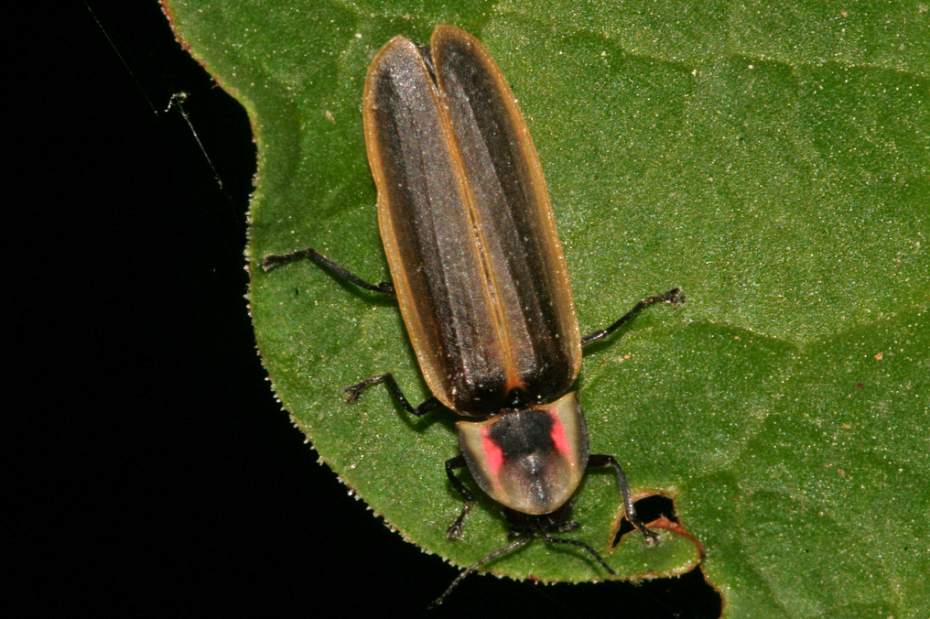Fireflies dwindling nationally, but thriving in Pennsylvania
An iconic symbol of summer — the flashing firefly — is disappearing nationally but appears to be alive, well and thriving in Western Pennsylvania, according to experts.
“There's no doubt there are far more fireflies this year than I've seen the last couple of years,” said Kelli Hoover, a Penn State entomology professor. “But in general (across the nation), their population is declining.”
Hoover said the demise of the firefly, popularly known as lightning bugs, can be traced, in part, to pesticide use and the loss of lush vegetation where they flourish, she said.
But Pennsylvania — with unusually mild winters in recent years and plentiful rainfall — is the perfect home for the glowing bug, said Marc Branham, an associate professor of entomology at the University of Florida who has spent 20 years studying fireflies.
Not only is Pennsylvania's firefly population thriving, it made its debut much earlier than usual this year.
As he stood next to Penns Creek in Centre County on April 30, Penn State ornamental entomologist Greg Hoover said he couldn't believe his eyes as he watched the flashing bugs.
“I've never seen them that early,” said Hoover, who's not related to Kelli Hoover. “We had a nonexistent winter, so soil temperatures were warmer earlier. And early in the season, we were running, insect-activity wise, between three and four weeks ahead of schedule.”
It's difficult to say exactly how much the nation's fireflies, part of nature's food chain, have dwindled because there is no comprehensive monitoring, Branham said.
“ ... We don't have quantitative numbers from 15, 20 or 40 years ago to make a direct comparison with our population density now,” Branham said.
But the Firefly Watch project at the Museum of Science in Boston is looking for answers. Program officials are asking citizens to count fireflies at their homes to compile data about the insects.
The program began in 2008, and more than 1,000 people participate each year in 40 states, including Pennsylvania, and in six Canadian provinces, said Don Salvatore, project coordinator and a museum science educator.
“I think it's pretty safe to say that the places where you find fireflies are fewer than they used to be back when I was a kid back in the ‘50s and ‘60s because there's more development,” he said.
He encourages people to sign up for the program on the group's website at: www.mos.org/fireflywatch/
Kelli Hoover set the record straight about the glowing insects.
They aren't actually flies, nor are they bugs. They're beetles, each species with its own distinct flash pattern, she said.
And the flashing lights are much more than ornamental.
Female fireflies sit on vegetation scoping out the males who fly above them, flashing their lights. When a female firefly recognizes her own species and is attracted to a male firefly, she blinks in response.
“Each flash pattern is specific to the species. A female of a particular species of firefly recognizes her own species,” Kelli Hoover said. “The more intense and faster the (male's) pattern, the more attracted the female is.”
They mate and lay eggs and live between two weeks and a month.
“There's really nothing like a warm summer night ... when you have this natural light show that's out there happening right in front of you,” Branham said. “And it's even more delightful when you know that is a communication system. All those signals are to find a mate of the same species and to further propagate that species.”
Rossilynne Skena is a staff writer for Trib Total Media. She can be reached at 724-836-6646 or rskena@tribweb.com.

